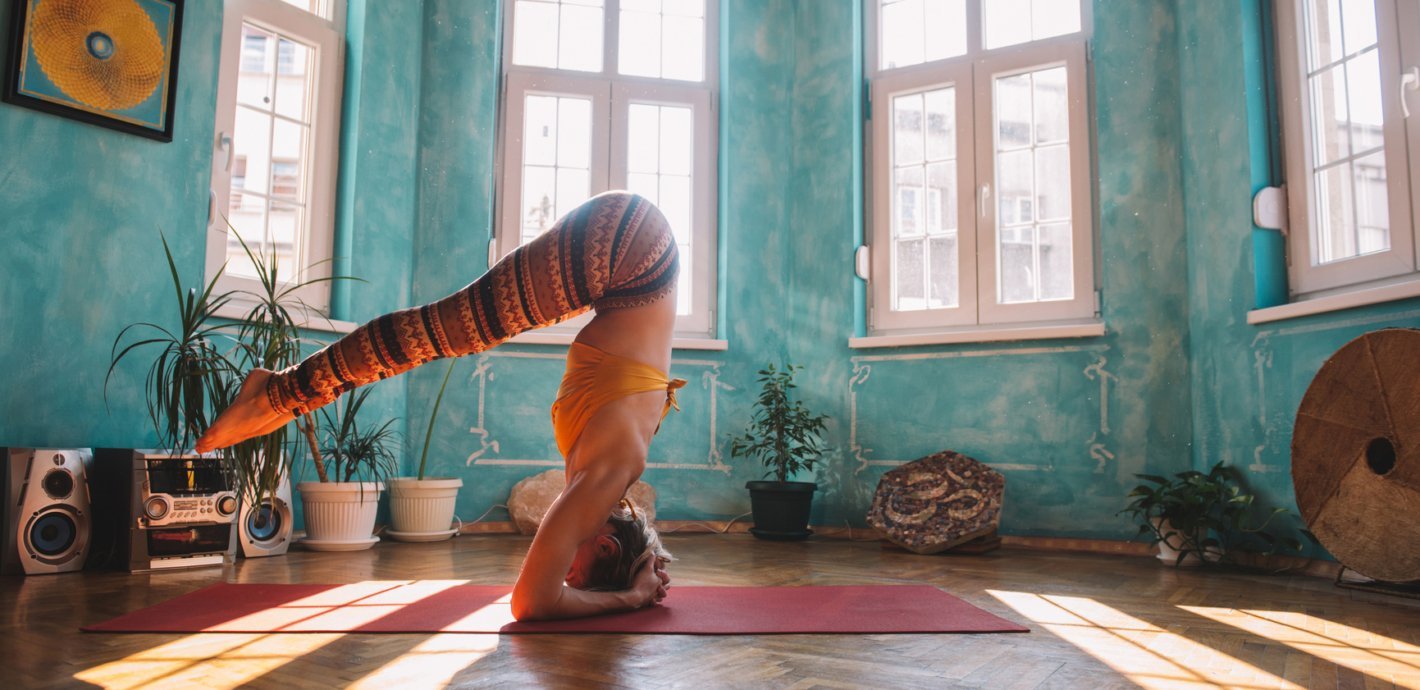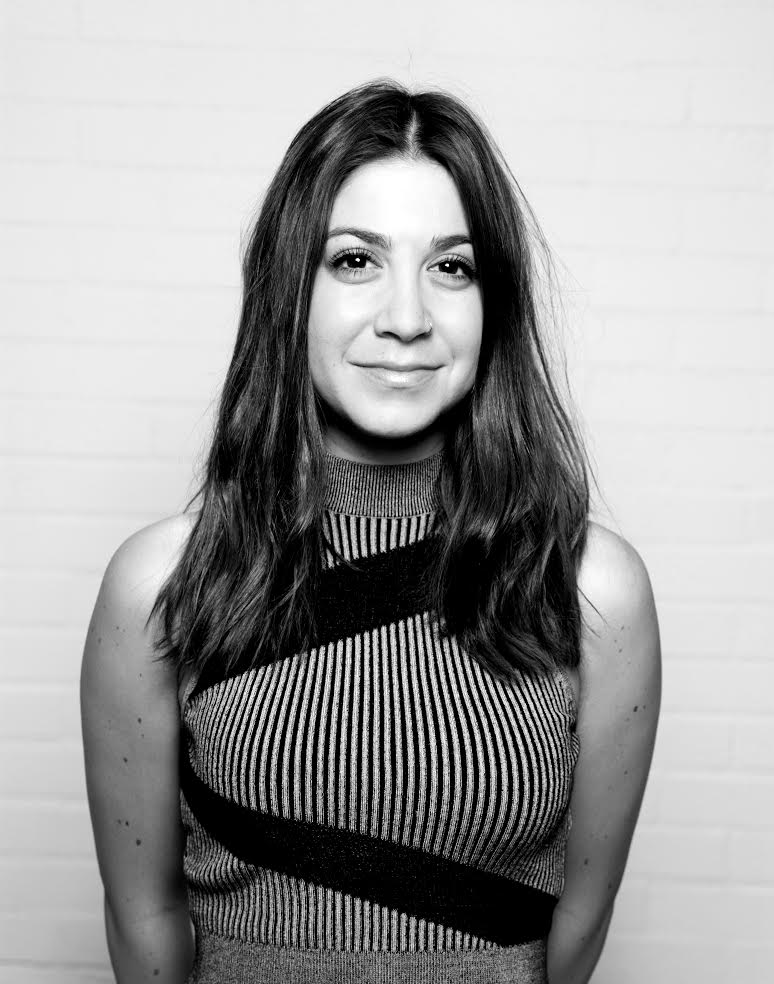Yoga, for me, has always been an escape: It is not the workday; it is not a compact subway car filled with bodies on a humid summer’s day; it is not the chaotic, noisy streets. Yoga is a break from the cacophony that permeates every day. It’s a time to leave all of this behind, at least for one hour of the day. On the mat, I can be in control of my space, my breath, and my body. When I am tense, I turn inward to gain clarity and confidence from the physical practice—except when I cannot. Except when my fear takes over.
Whether we are a beginner or an advanced yogi, we can identify the asanas that challenge us both physically and mentally. And for each of us, there’s usually that pose that seems nearly impossible, and we want it all the same. Headstand (Sirasana, in Sanskrit) was this pose for me, though in fact, I never practiced it. Instead, I chose to rest in Child’s Pose while bodies inverted around me. Some of these individuals practiced with finesse, while others fell left, right, and forward simply because they granted themselves permission to try. I celebrated the beauty in their posture and the strength in their spirit while feeling the weight of myself on the ground. Instead of attempting, I avoided. This posture is not for me, I thought. I am not strong enough. I am not advanced enough. After two years of yoga practice, still, I felt insufficient in the face of the pose.
One day, at a wellness retreat outside of the city, our group was invited to participate in an early-morning yoga class. It started at 7 a.m., earlier than I would normally choose to be awake, but I showed up, if for no other reason than just that: to show up for myself. The class was taught by two teachers whom I’d never practiced with before, and I relished the fact that I could camouflage my fears as tired eyes. By 7:30 a.m., the students around me were making their way into headstand. I asked the teacher to repeat her instructions and listened dutifully: interlacing my fingers, creating a foundation with my elbows, clasping my hands, and balancing my weight. On this particular morning her words swept through me. I could hear a language so clearly that I had been struggling to understand for years. My legs raised in one swift motion and my pose felt weightless. No one knew it was my first-ever attempt, or that I had been actively avoiding headstand for all of those years. I tried this foreign posture again after class with the same success. I felt more awake than I had in a long time.
Related: Unlocking the Power of Spiritual and Physical Flight
There is something deeply rooted in human psychology that causes us to fear discomfort rather than embrace the process of working through it. We’re not all hard-wired to open our arms and welcome the things that intimidate us or are a source of self-doubt. The experiences that make us feel inferior do so for any number of reasons—we’ve failed at them in the past, we are sensitive, we are working through other challenges. But there are always two options: to fight against our thoughts or to embrace them.
One thing that can hold us back from leaning in to our discomfort is the idea that physical mastery is the ultimate goal. Sarah Neufeld, a yoga teacher based in New York City, puts it this way: “Creating shapes with our bodies and breathing into those shapes ideally helps to guide us in the process of letting go of ego and finding true inner peace. This beautiful process can be hindered when we strive for approval, perfection, or otherwise outward mastery of the poses. It’s completely natural to attach to ideas around what our practice should look and feel like. Whenever we find ourselves attaching to our practice in this way, we are given the opportunity to return to our breath, and to continue the rich and complex process of letting go.”
What I understand now that I wish I had seen clearly before is that it is necessary to understand what’s happening in a pose before you can take yourself there. In order to gain this understanding, you must explore your boundaries and try. You must welcome acceptance and self-assurance in place of criticism and doubt. Then, you must be patient. Mastery is about building a foundation, not achieving perfection. It is about learning to breathe through the challenge.
In neglecting process altogether, I had put a seemingly unattainable goal on a tall ledge and never allowed myself to climb higher. And really, what matters the most is this journey upward: Does it provide you with a sense of satisfaction? An intrinsic desire to improve? Does it make you more resilient? It is only through exploration that we find out and ultimately grow to believe in ourselves—that one day we alone will be enough to come out on top, or maybe, if we trust ourselves, upside-down.









Comments (1)